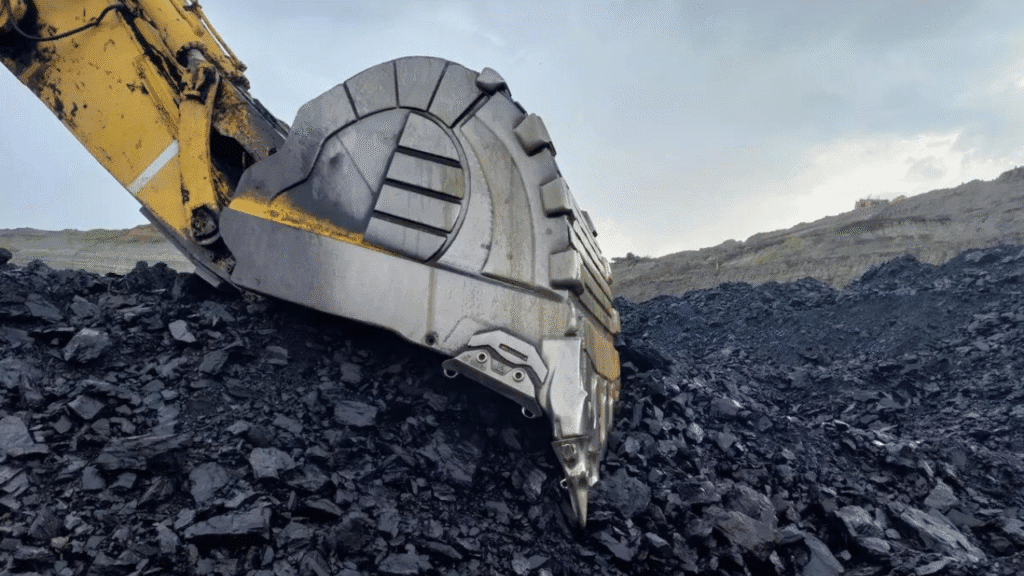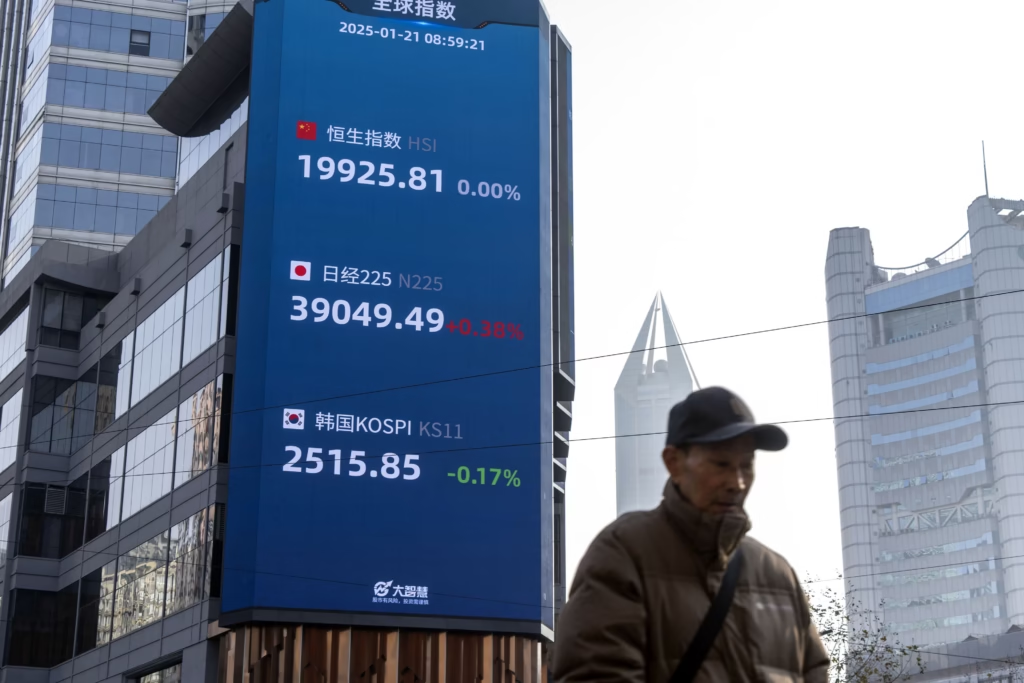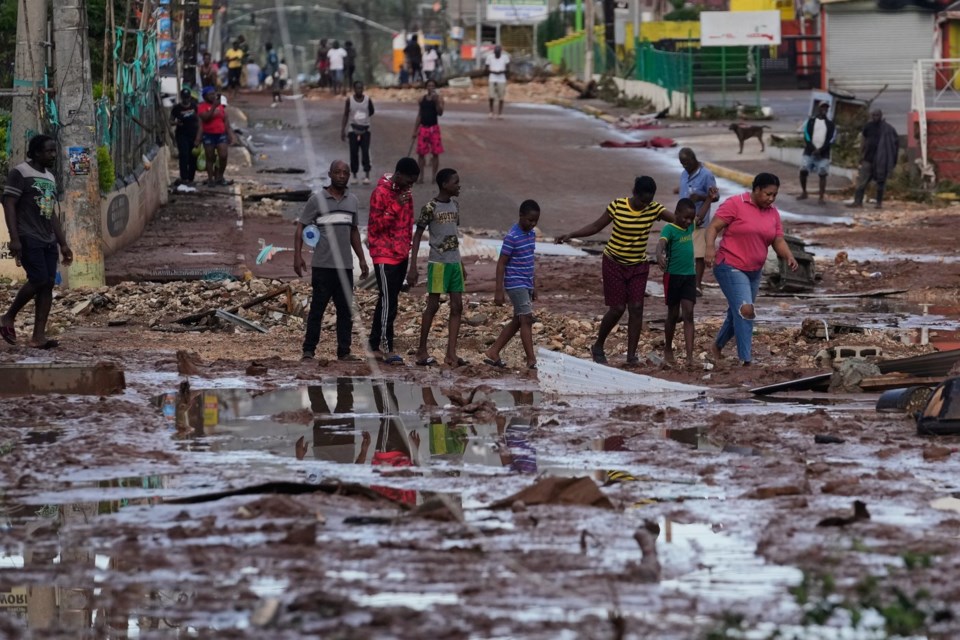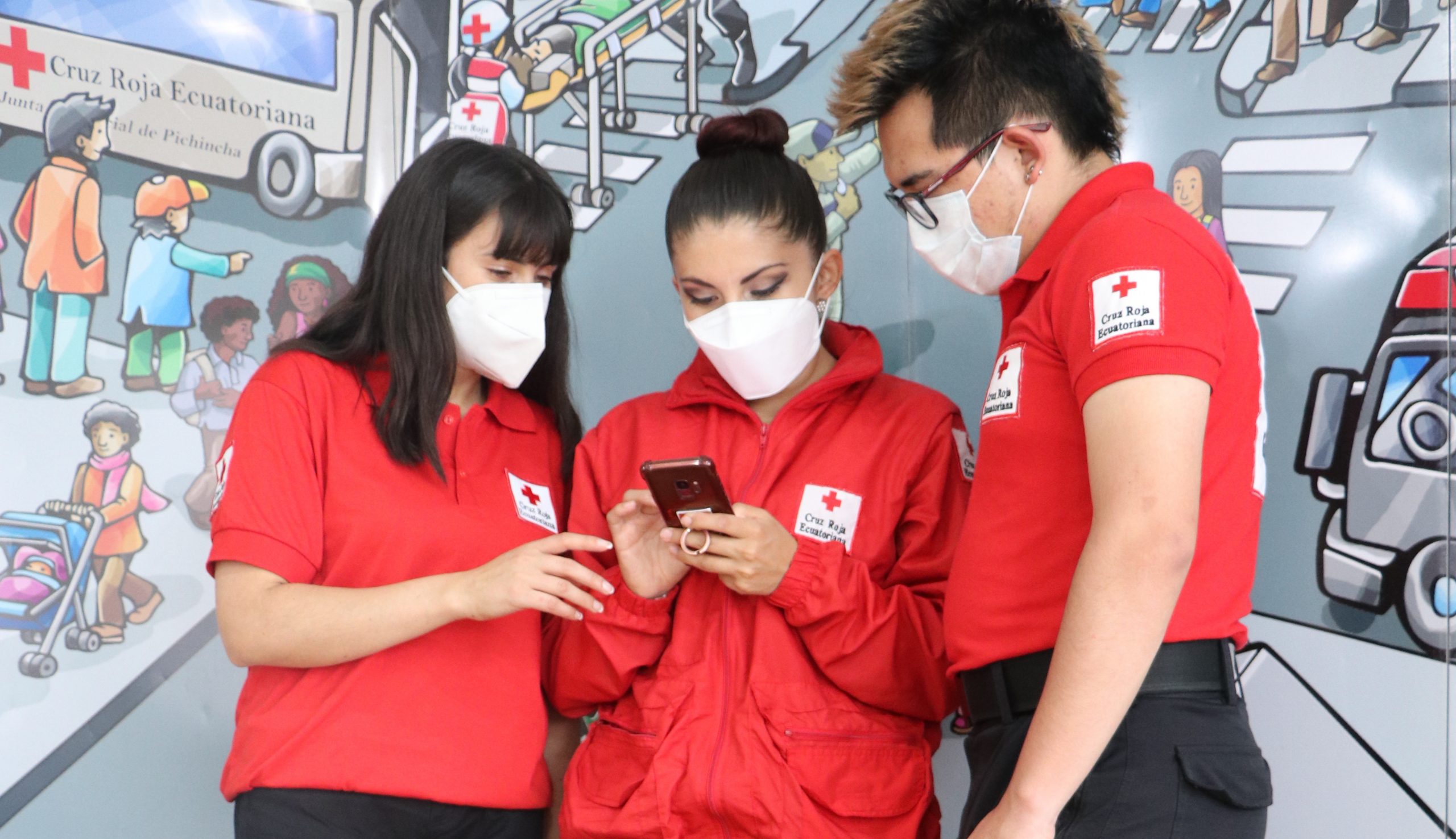Now Reading: The Strength of Community Response
-
01
The Strength of Community Response
The Strength of Community Response
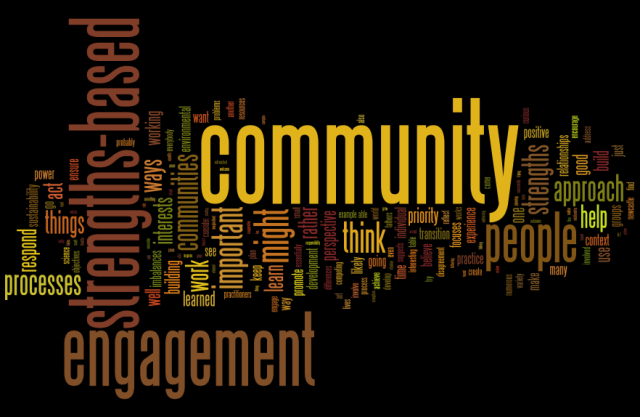
When challenges strike, the power of a united community becomes evident. In India, including Tier 2 cities, local residents often come together to support each other during floods, accidents, or social crises. Community response goes beyond official aid, highlighting human resilience, cooperation, and the ability to act swiftly in times of need.
One key aspect is resource sharing. Neighbors pool essentials like food, water, and shelter, ensuring vulnerable members receive immediate help. These small acts collectively create a safety net that complements formal relief efforts.
Communication and coordination amplify impact. Community leaders, local volunteers, and social networks work together to identify needs, organize assistance, and spread accurate information. This reduces confusion and ensures efficient support during emergencies.
Emotional support is equally important. In stressful situations, moral encouragement, guidance, and companionship help individuals cope, strengthening mental resilience and fostering solidarity.
The strength of community response lies in proactive involvement. Regular drills, awareness campaigns, and local networks enhance preparedness, making cities more resilient to unexpected events. Encouraging collective responsibility ensures a faster, more effective reaction during crises.
In conclusion, community response is a critical pillar in managing challenges. In Tier 2 cities and beyond, unity, coordination, and empathy empower residents to face emergencies together, proving that collective action often saves lives and strengthens social bonds.




